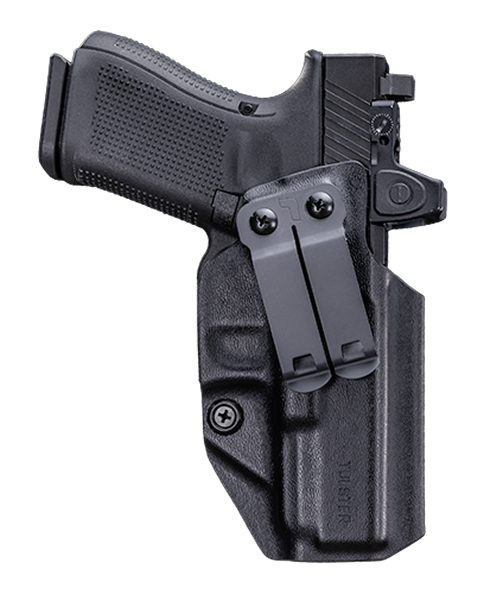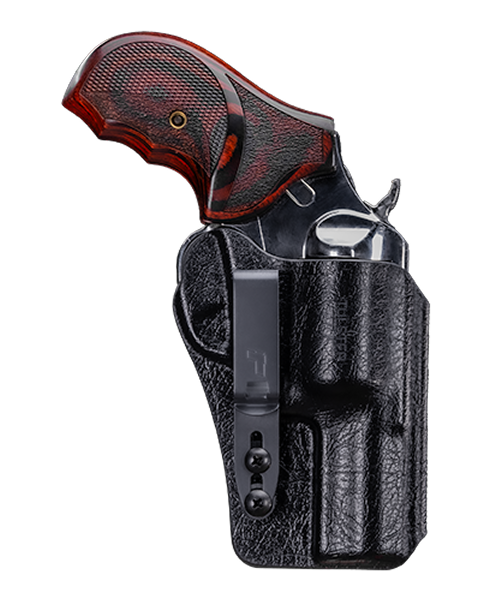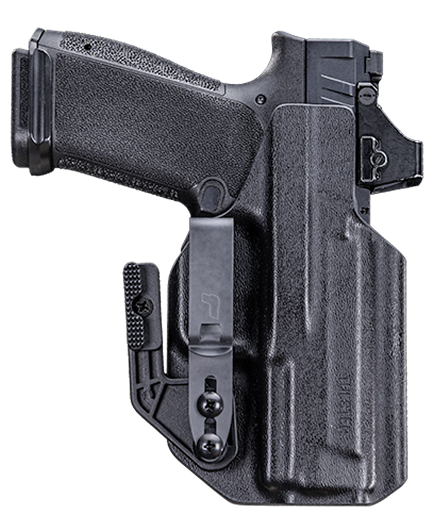Why EDC Med Kits Matter
Posted by GunSpot, Tulster on Jul 18th 2022
Now more than ever, we believe in your constitutional rights - and the need - for firearms for protection. But what happens if you're actually involved in an altercation? What happens if you've been stabbed, shot, or wounded? After neutralizing the initial threat, you may have to deal with a potentially life-threatening injury. The situation may also require immediate medical attention for other people, including a loved one. This blog will discuss the critical importance of including a simple Med Kit with your EDC gear. This decision could make all the difference between life and death.
Why carry an everyday carry Med Kit?
First, making a med kit a part of your EDC is just smart. The purpose of an everyday carry medical kit isn't necessarily to perform life-saving procedures. It's more about stopping the bleeding of an injured person so you can quickly get professional medical care. But don't automatically dismiss the idea of carrying a med kit in fear of having to add bulk to your waistline (trust us, no one wants that). The good news is there are several other great options to consider.
The best way to carry a Med Kit.
Our recommendation is to carry your EDC medical kit around your ankle. It's less intrusive, and you're likely to forget it's even there until the crucial moment arises where you need it. One of our favorites is the Ryker Nylon Gear 4WS-AFAK. Storing medical kits at home, desk at work, hunting or fishing bag, and in each of your vehicles is also a great option.
What EDC items should you carry?
The primary objective of an EDC first aid kit is to stop bleeding. So what essential medical supplies should you carry in your medical kit? While this is a personal decision, here's a short list of recommended items focused on bandaging wounds and stopping blood loss:
- EMT Shears
- Gauze
- Nitrile Gloves
- Tourniquet
- A Chest Seal
This list includes the essential medical gear that can help you stop bleeding, protect you from other people's blood, and help you address wounds quickly.
What types of injuries should you prepare for with your Med Kit?
When it comes to med kits, less is more. It might not make sense to carry too many unnecessary items you don't know how to use. For example, if you don't know how to use an airway kit, you may not need to include it.
When picking out a minimalistic EDC med kit, it comes down to your training and needs. For example: If you, your spouse, or your child have an allergy problem, carrying an EpiPen is extremely necessary.
An EDC Trauma Kit may save a life in several scenarios
There's a good chance you're currently carrying a concealed pistol, an extra mag, a knife, and a flashlight. We know what you're thinking: an additional EDC trauma kit is just one more thing to carry, right? In reality, this item could likely be something you use more than your firearm.
One real-world example of needing a kit might be a car wreck or getting hurt while working outside. Depending on your occupation, on-the-job injuries can happen more frequently. In these cases, take the time to do your research and determine what med kit works best for your situation.
Know how to use the first aid supplies in your EDC Kit
Taking medical classes would also be beneficial, such as CPR classes or classes on learning to respond to trauma by using the items in your medical kit. There are first aid classes where you can learn to apply chest seals, tourniquets, wound dressing, and gauze. Ensure that saving lives is just as much a part of your training as protecting yourself. To get your first EDC kit, check out the TacMed medical kits on our site.
DISCLAIMER:
This content is for general educational and informational purposes only. Readers and viewers are responsible for knowing and understanding all appropriate local, national and international laws relating to self-defense, reasonable force, and the use of any and all weaponry, acting in accordance with all applicable laws, at all times. Tulster does not assume any responsibility for the use or misuse of information or instruction. We encourage all firearm owners to seek out professional in-person instruction. No video or blog replaces in-person training with qualified professionals to ensure you learn and train safely.









